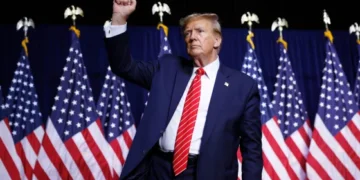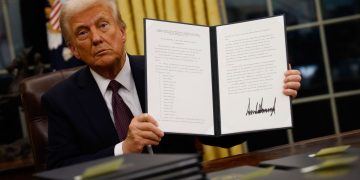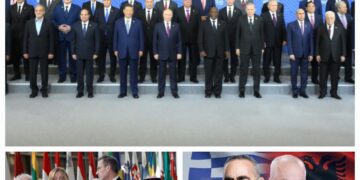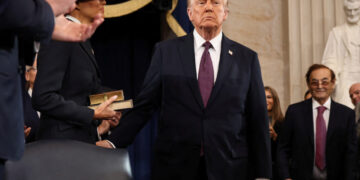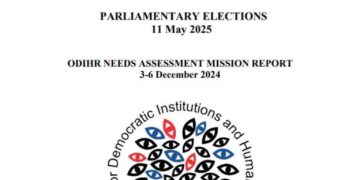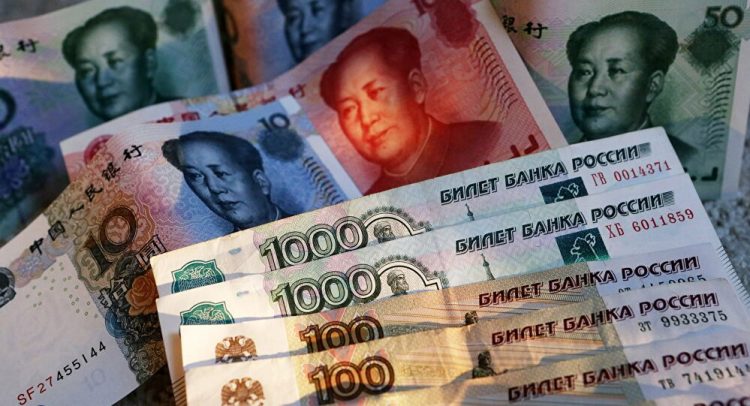Non-dollar transactions in trade between China and Russia hit a record high in the first quarter of this year, driven by wider use of the yuan and the ruble, a report by Renmin University of China found, reflecting a new de-dollarization trend in the bilateral trade relationship that reduces costs.
According to the report, in the first half of this year, bilateral trade settlements in the US dollar fell to 46 percent from 90 percent in 2015, while deals settled in the yuan and ruble jumped to 24 percent.
Settlement in the yuan or ruble is particularly convenient for crude oil and natural gas transactions between the two countries, and using their own currencies can lower costs and reduce the risks of exchanging payments via a third currency, said Song Kui, president of the Contemporary China-Russia Regional Economy Research Institute in Northeast China’s Heilongjiang Province.
“As cooperation between China and Russia continues to strengthen, the trend will become more prominent, shedding the dominance of the US dollar in international trade settlements,” Song said.
For many Russian companies in the energy sector, expanding the use of the yuan and ruble can significantly lower the geopolitical risk of trading in US dollars, Jiang Yi, a deputy director of Russian studies at the Chinese Academy of Social Sciences, told the Global Times on Tuesday.
“It is convenient for trades involving imports of bulk commodity goods such as crude oil, energy and military equipment from Russia. As some of those goods are subject to US unilateral sanctions, it can be a way for Chinese enterprises to avoid secondary sanctions,” Jiang said.
Some analysts stress that as US hegemony is aided by the dollar-dominated payment system, China and Russia have the political and economic incentives to push forward “de-dollarization” as a way to keep the US from abusing the dollar’s role.
Amid a heated China-US trade and technology war, some US politicians have threatened to extend the fight between the world’s two largest economies to the financial realm, warning that Beijing could be cut off from the US dollar payment system.
Observers said that the partnership between Beijing and Moscow will also elevate their relations to a new height.
With fast-growing bilateral trade, industry insiders predict that the use of the yuan and ruble in trade settlements is poised to take further big strides.
Russia and China in 2014 signed a three-year currency swap deal worth 150 billion yuan ($24.5 billion). The deal was extended for three years in 2017. The agreement allows each country’s central bank to gain access to the other’s currency without trading via the US dollar.
But hurdles persist, in particular, that the value of Russia’s ruble is relatively volatile, which could incur financial risks, observers said.
“Beijing does not allow a 100-percent free conversion of foreign capital. In this regard, China also needs to strengthen the building of its financial infrastructure,” Jiang suggested.
*This article was originally published in the Global Times.






